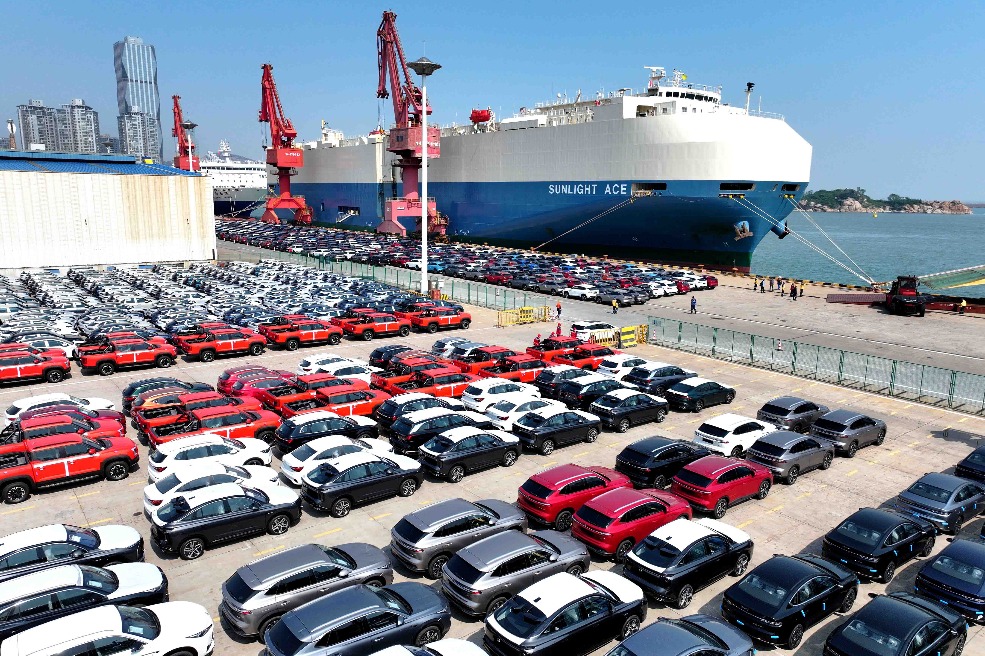North American governments efforts to curtail the growth of China's burgeoning auto industry are falling flat, a new report has found.
China's automotive industry increased its imports by 23 percent in 2024, reaching 6.4 million units, according to a new report from AlixPartners, a U.S. financial advisory firm. These gains come in spite of the imposition of tariffs placed on Chinese electric vehicles by the U.S. and its allies, including Canada.
As a result of this strong performance, China is now the world's largest auto exporter. The report also predicts Chinese automotive brands are expected to capture 30 percent of the global market by 2030, up from 21 percent in the previous year.
In October 2024, the Canadian government imposed a 100 percent tariff on all EVs from China, effectively doubling their cost. This measure was meant to protect domestic automotive industries from an influx of affordable Chinese EVs. It was designed to make them less competitive price-wise, discouraging both manufacturers and consumers from considering them as viable options.
Despite this, the report has found the impact on China's automotive sector to have been limited. AlixPartners estimates that these tariffs will increase the cost of China's vehicle and auto component exports by approximately 24 percent, or US$46 billion. However, this figure represents only about 3.8 percent of China's total auto-industry production value.
One factor preventing the tariffs from playing a significant role is that interest in Chinese EVs is quickly growing in regions outside of North America.
So far, China's vehicles are drawing the most attention from consumers in the Middle East and Russia. This group accounted for 35 percent of China's vehicle exports in 2024. Domestic growth is also ensuring the sector remains profitable. China's automotive market is expected to grow by four percent in 2025, reaching 26.8 million vehicles.
EV sales are expected to comprise 54 percent of the domestic market in 2025. The emphasis on intelligent features has shifted the competitive landscape, with financial incentives and new technologies increasingly replacing traditional price discounts.
Should Canada back away from its restrictions on Chinese EVs, it is likely they will become a much more common sight on Canada's roads -- and in its repair bays.
Its best-selling EV, the BYD Seagull (pictured), a compact with a range of 400 km and a sticker price of about US$10,000. Adapting to these imports could prove more difficult repair professionals may expect.
While China's vehicle sector has a reputation for producing inexpensive and technologically limited products, this impression is not borne out by the facts. The report found that level 2 advanced driver-assistance systems were present in nearly 60 percent of passenger-vehicle sales in China last year, compared to being in about 40 percent of vehicles sold in the U.S.











